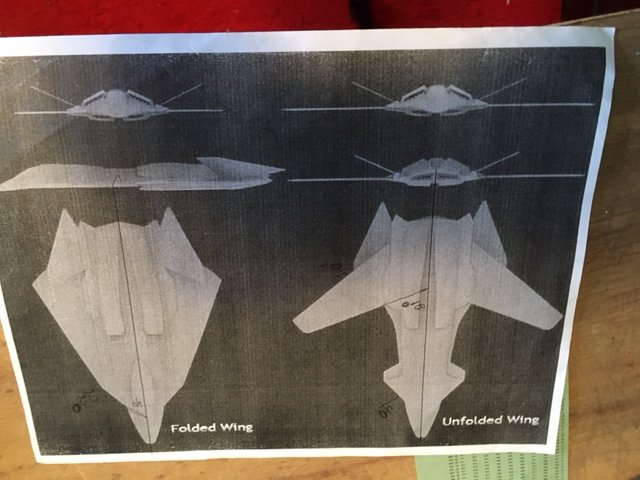Have you looked at 4D or tried it?
Have looked at it, haven’t tried it other than flying helicopters. I’d love to but I’ve never found a good enough variable pitch assembly that didn’t cost over 200 usd.
View attachment 243003
Problems of the swing wing is fighting the torque, bending, and twist of the wing structurally.
Also explored this one and destroyed models approaching from unfolded to folded(reversed order) making the shift in a close to zero G maneuver at low speeds.
How about some pictures of yours?
I saw your thread on this! My approach is to taper the wings enough and have the pivot far enough forward that I don’t run into much wing twist. I’m not doing more than 10 degrees of swing here. Also, my next build will have full-moving “ailerons” for wings, which should help as well.
In your setup, it looks a lot like folding the wings at low speed would be risky enough, and adding in the neutral alpha/beta tendency to chatter on any backlash would certainly make the plane feel unstable. I generally build my planes with a slightly aft CG, so I was able to land safely… especially when the pivot pin for my sweep mechanism came loose on one side.
I’ve been flying for 14 years, and in the past 4 years I’ve landed some seemingly impossible in-flight failures. An experience with an extremely aft CG due to a battery sliding back taught me that an aft enough CG makes a plane feel almost “reverse stable,” where the plane has a tendency to pitch away from the ground in upright or inverted orientations. My goal is to have a plane that can go from stable to reverse stable/hover stable using wing sweep.


